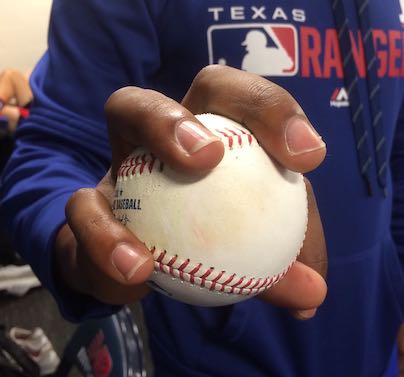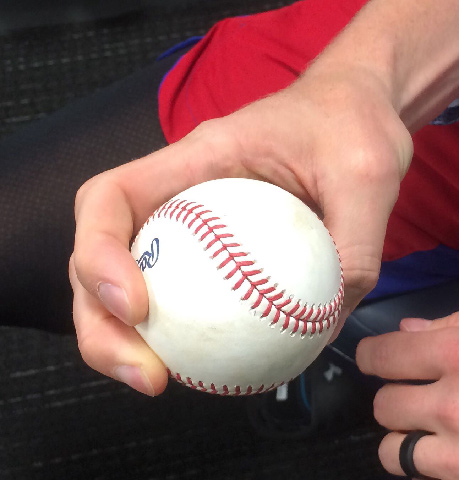Joey Gallo’s Best Season Gets Shorter
The Rangers announced Thursday that Joey Gallo will miss 4-6 weeks after undergoing surgery to remove a fractured hamate bone in his right wrist. That’s bad news for Rangers fans, who’ll see somewhat fewer moonshots and scalded line drives than they would have otherwise, middling news for the Rangers themselves, who were never really in the playoff race they’re now decidedly out of, and worst news of all for Gallo, who’d been in the middle of his best season yet.
Gallo has been part of our national baseball consciousness for many years now as a walking indicator of the game’s direction, possessed as he was of exceptional raw power, an abysmal contact rate, and horrific-even-for-the-late-2010’s strikeout numbers. In 2017, he hit 41 home runs and posted a 14% walk rate but got on base only a third of the time in part due to shifts that limited him to a .250 BABIP. 2018 was more of the same; his 110 wRC+ that year was good, but 75 big league players posted better.
This year had been different. Through June 1, when a strained oblique muscle cost him three weeks, Gallo was among the major league leaders in a number of offensive categories, including a few he’s never come close to ranking in before:
| Through June 1 | Through June 1 Rank | Previous Best Rank | |
|---|---|---|---|
| wRC+ | 167 | 7th | 2017, 45th |
| WAR | 3 | 4th | 2018, 66th |
| wOBA | .431 | 6th | 2017, 36th |
| BB% | 19.6% | 2nd | 2017, 9th |
| HR | 17 | 5th | 2017 & 2018, 3rd |
| ISO | 0376 | 3rd | 2018, 5th |


